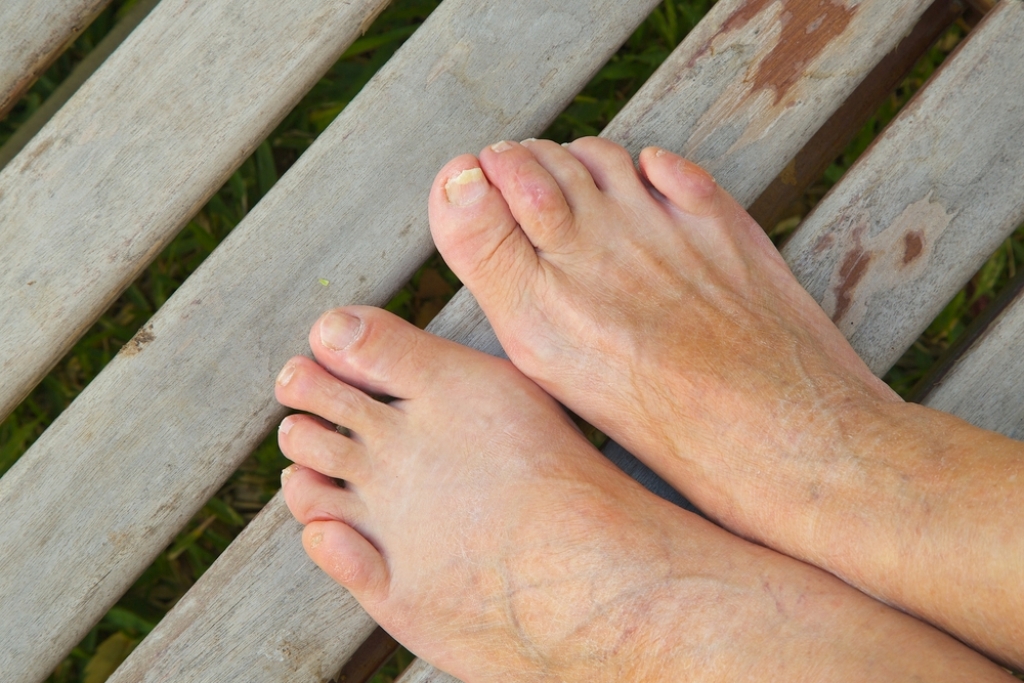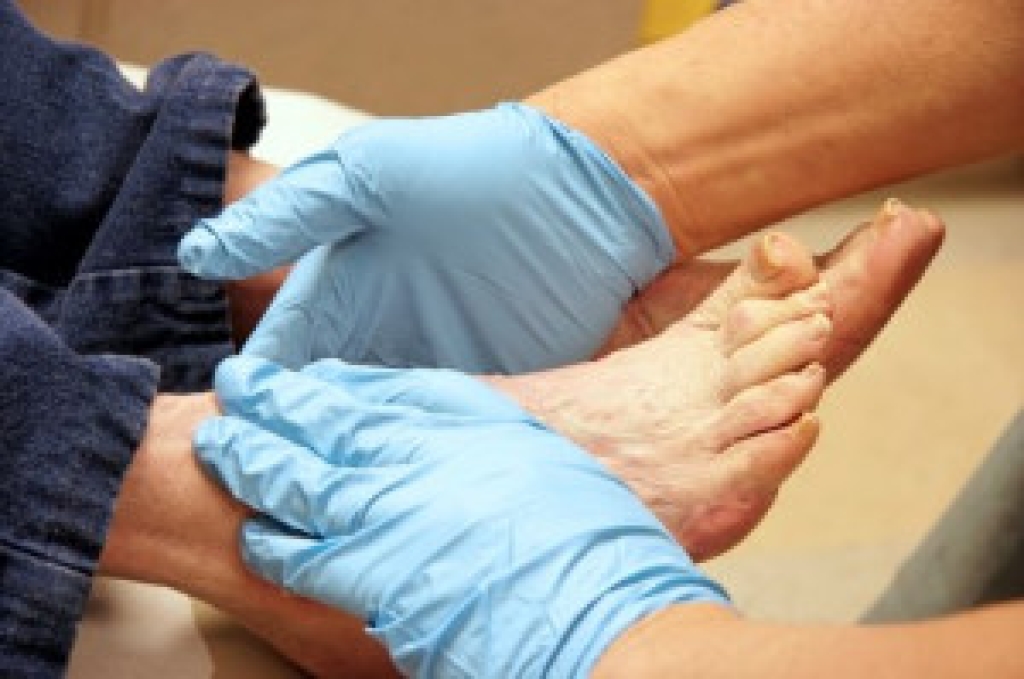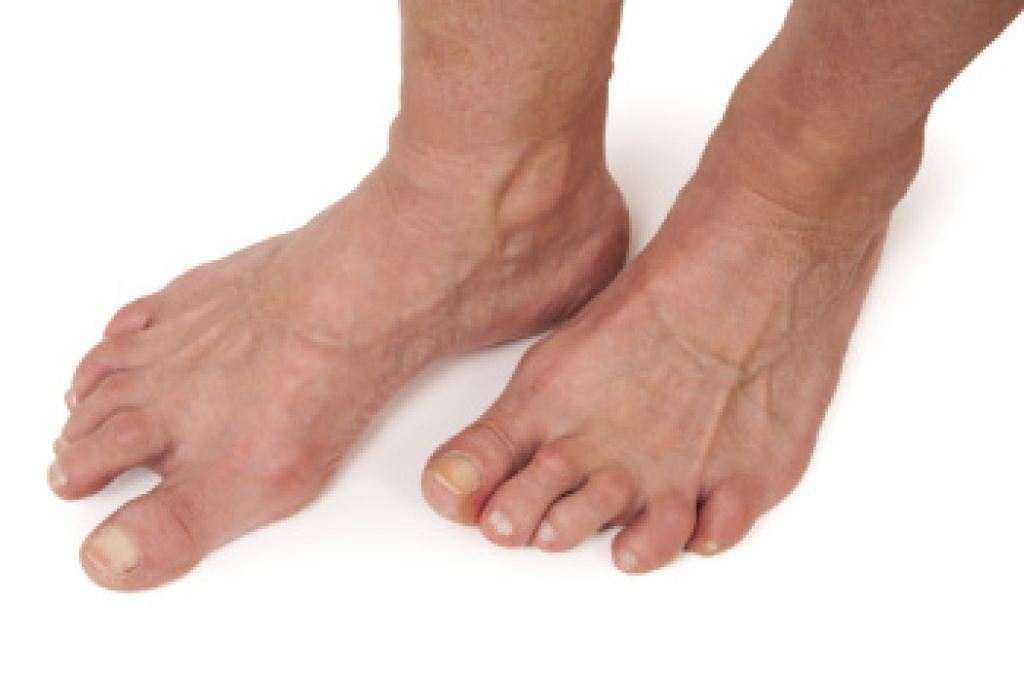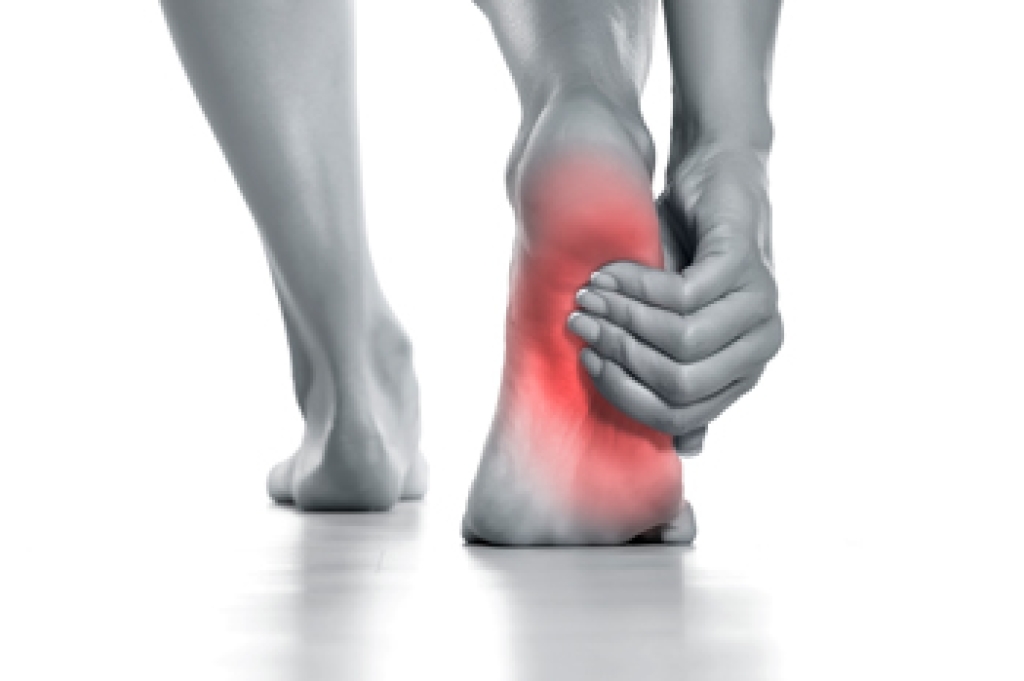
A hammertoe develops when one of the smaller toes bends abnormally at the middle joint, creating a raised knuckle and a curled tip. This change often begins subtly, but becomes more noticeable over time as the tendon imbalance increases. Many people first notice rubbing on the top of the toe, difficulty finding comfortable shoes, or soreness that worsens with activity. Corns, calluses, and irritation from wearing tight footwear can make the condition even more uncomfortable. Hammertoes form for several reasons, including genetics, foot structure, arthritis, and shoes that squeeze the toes or force them into a bent position. Early attention can help keep the toe flexible and reduce pain with supportive footwear, gentle stretching, and cushioning. Long-standing or rigid hammertoes may require medical treatment to restore comfort and function. If you experience ongoing toe pain, rubbing, or difficulty fitting into shoes, it is suggested that you see a podiatrist for evaluation and appropriate care.
Hammertoe
Hammertoes can be a painful condition to live with. For more information, contact One of our podiatrists from Oexeman Foot and Ankle, PLLC. our doctors will answer any of your foot- and ankle-related questions.
Hammertoe is a foot deformity that affects the joints of the second, third, fourth, or fifth toes of your feet. It is a painful foot condition in which these toes curl and arch up, which can often lead to pain when wearing footwear.
Symptoms
- Pain in the affected toes
- Development of corns or calluses due to friction
- Inflammation
- Redness
- Contracture of the toes
Causes
Genetics – People who are genetically predisposed to hammertoe are often more susceptible
Arthritis – Because arthritis affects the joints in your toes, further deformities stemming from arthritis can occur
Trauma – Direct trauma to the toes could potentially lead to hammertoe
Ill-fitting shoes – Undue pressure on the front of the toes from ill-fitting shoes can potentially lead to the development of hammertoe
Treatment
Orthotics – Custom made inserts can be used to help relieve pressure placed on the toes and therefore relieve some of the pain associated with it
Medications – Oral medications such as anti-inflammatories or NSAIDs could be used to treat the pain and inflammation hammertoes causes. Injections of corticosteroids are also sometimes used
Surgery – In more severe cases where the hammertoes have become more rigid, foot surgery is a potential option
If you have any questions, please feel free to contact our office located in Chicago, IL . We offer the newest diagnostic and treatment technologies for all your foot care needs.





